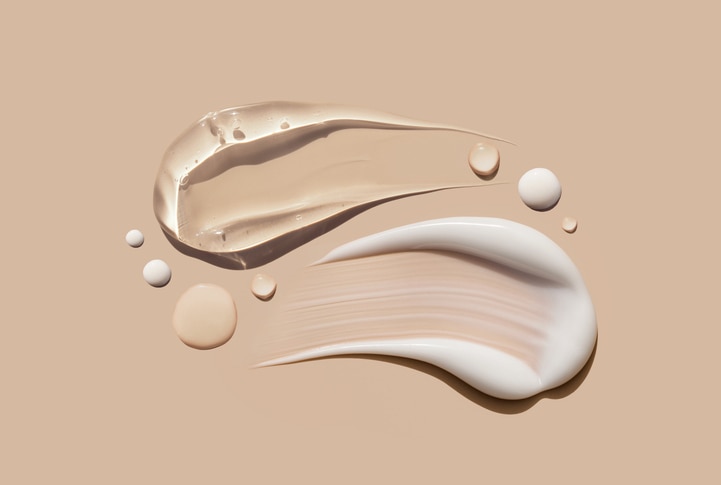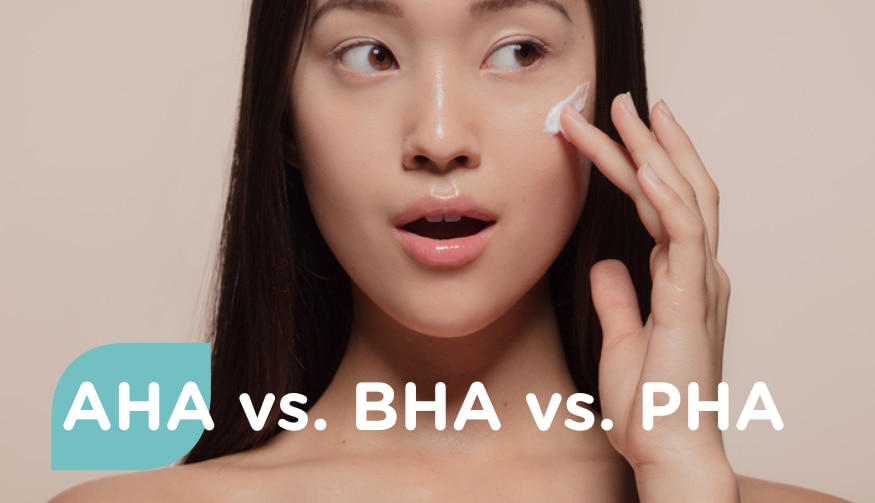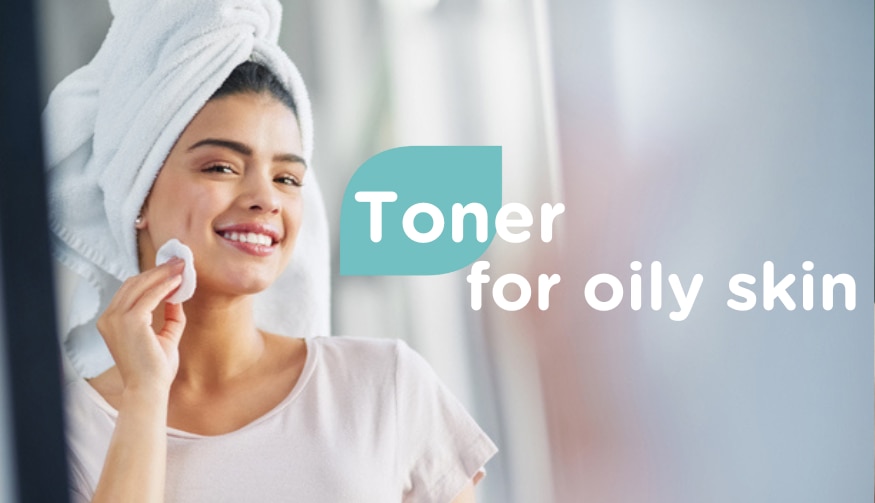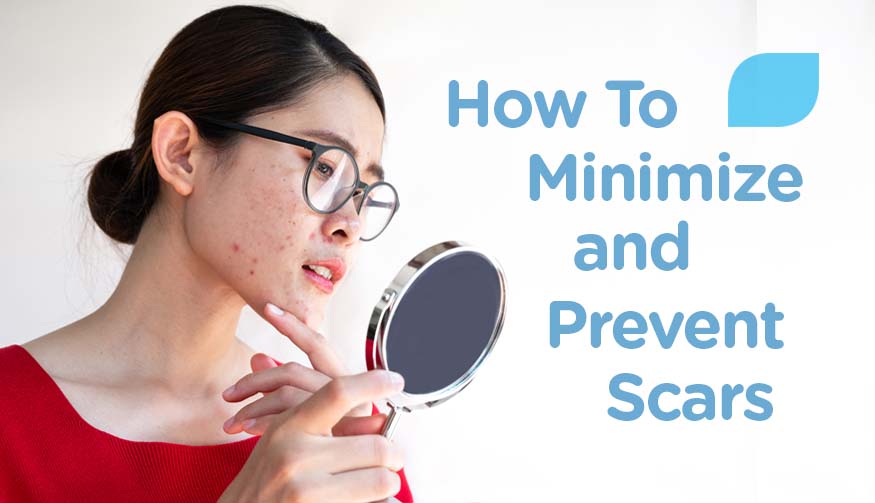If smooth, radiant skin is your goal, chemical exfoliants are your backstage pass. Unlike scrubs, which can be abrasive, acids dissolve the bonds holding dull, dead cells on the surface, revealing a brighter, more even complexion. The big three— AHA, BHA and PHA —each bring a distinct personality to the party. But with similar-sounding names, how do you know which one deserves a spot in your routine? Let’s break it down.
What are they: AHA, BHA and PHA
Unlike physical scrubs, which use beads or granules, chemical exfoliants gently dissolve dead skin cells, unclog pores, and reveal a brighter complexion without the harsh rubbing. The three most common types—AHA, BHA, and PHA—each work slightly differently depending on your skin concern.

AHA: The Radiance Booster
Alpha Hydroxy Acids (AHAs) are water-soluble exfoliants derived from fruits, milk, or sugar. Glycolic acid and lactic acid are two of the most popular.
- Best for: Dullness, uneven tone, and fine lines.
- How it works: AHAs target the skin’s surface, loosening dead skin cells to reveal a fresher, smoother layer. They also help boost hydration, making them particularly friendly for normal to dry or mature skin.
- Pro tip: Since AHAs can increase sensitivity to the sun, always pair them with a broad-spectrum sunscreen during the day.
Think of AHAs as your glow-getters—perfect when your skin looks tired and in need of a radiance kick.
BHA: The Pore Purifier
Beta Hydroxy Acids (BHAs) are oil-soluble, meaning they can dive deep into pores to clear out excess sebum and buildup. The most common BHA is salicylic acid.
- Best for: Oily, acne-prone, or congested skin with visible blackheads and breakouts.
- How it works: BHAs penetrate pores, dissolving oil and debris, while also soothing inflammation (making them ideal for spot-prone skin).
- Pro tip: BHAs can be slightly drying, so balance your routine with a lightweight, non-comedogenic moisturizer.
If you struggle with clogged pores or pesky blemishes, BHA is your go-to skincare sidekick.
PHA: The Gentle Giant
Polyhydroxy Acids (PHAs) are the newest exfoliants on the scene, offering similar benefits to AHAs but with an added layer of gentleness. Gluconolactone and lactobionic acid are common examples.
- Best for: Sensitive, reactive, or first-time exfoliant users.
- How it works: PHAs work on the skin’s surface like AHAs but with larger molecules, meaning they penetrate more slowly and cause less irritation. On top of that, PHAs attract moisture, helping to hydrate the skin while exfoliating.
- Pro tip: If AHAs or BHAs have felt too strong, start with PHAs for a beginner-friendly introduction.
Consider PHAs the skincare equivalent of a soft hug—effective, but never aggressive.
How to choose the right one for you?
Selecting the right exfoliant depends entirely on your skin type and concerns:

- Dull, uneven, or dry skin? → AHA
- Acne, blackheads, or oily skin? → BHA
- Sensitive, redness-prone, or new to acids? → PHA
Of course, you don’t have to pick just one. Many routines combine these acids on alternating days or in targeted spots, depending on skin needs.
How to build your routine?
- Start slow: 2–3 nights per week, then increase as tolerated. A mild AHA or PHA toner is a gentle entry point; alternate with a BHA serum if you’re prone to breakouts.
- Sandwich with moisture: Apply on clean, dry skin; follow with a hydrating serum (think hyaluronic acid) and a barrier-supporting moisturizer. PHAs can be layered with retinol more easily than AHAs or BHAs but introduce one active at a time.
- Morning sunscreen is non-negotiable: Exfoliants can increase sun sensitivity. Use broad-spectrum SPF 50 daily.
Red flags & pro tips?
- Tingling that subsides is normal; burning or persistent redness is not. Buffer with moisturizer or reduce frequency.
- If you’re pregnant or nursing, avoid salicylic acid in high concentrations; consult your clinician.
- Post-facial or retinoid newbies? Opt for PHA or lactic acid to keep your barrier happy.
Disclaimer: Always patch test new exfoliants and consult your skin doctor or dermatologist—especially if you have sensitive skin, active dermatitis, are pregnant, nursing, or using prescription treatments. Apply a small amount to the jawline or behind the ear for 24–48 hours before full use, and discontinue if irritation occurs.








